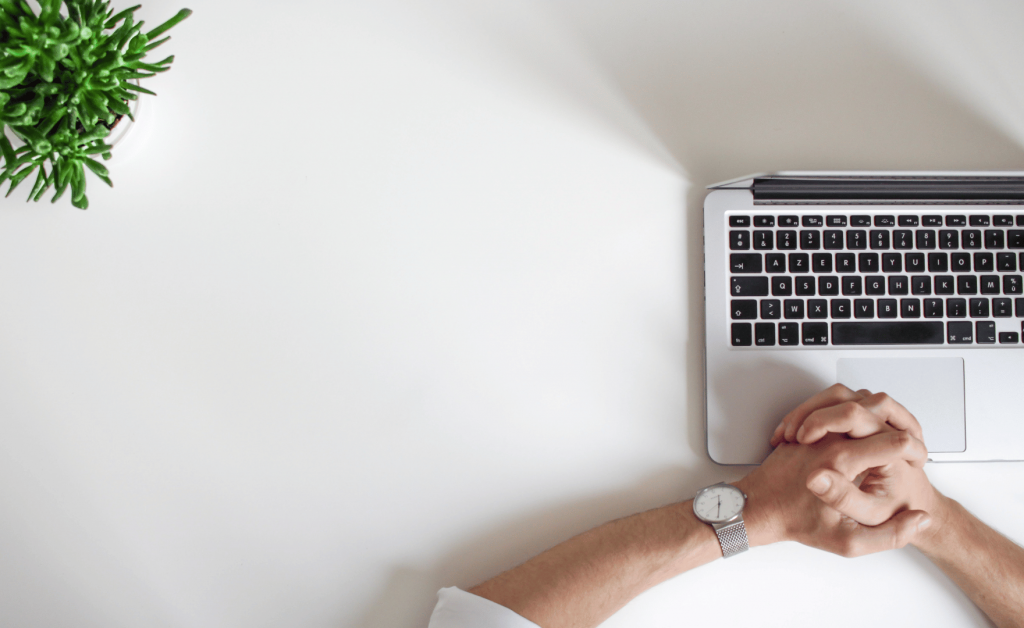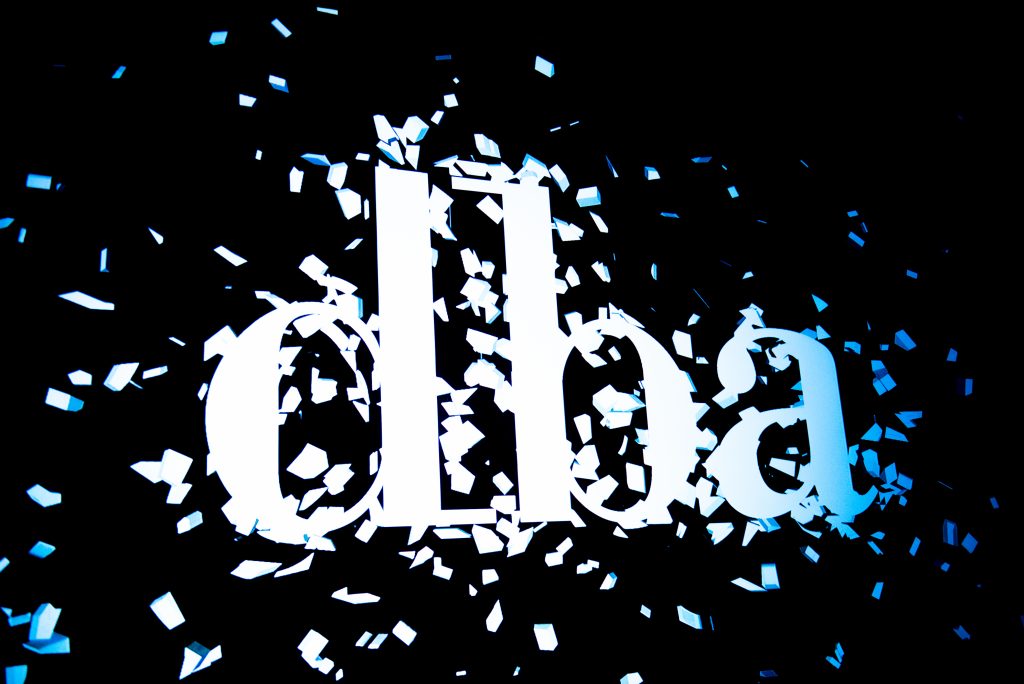
DBA Roundup
A roundup of industry expertise, exclusive resources, business support and tools for your design business.
Image credit:
Julien Moreau, Unsplash




















How I see tomorrow aims to capture kids’ perceptions and experiences of the COVID-19 world, and how they see a new and better tomorrow.
 “These are unprecedented times which will be looked back on as a time of substantial change to how we live. We wanted to encourage children across the world to share their thoughts on this current pandemic, the future and what we can learn from it. We wanted to see it through their eyes so that we can make positive changes to the way we live, work and play in the future.” – Jonathan Sands OBE, Elmwood
“These are unprecedented times which will be looked back on as a time of substantial change to how we live. We wanted to encourage children across the world to share their thoughts on this current pandemic, the future and what we can learn from it. We wanted to see it through their eyes so that we can make positive changes to the way we live, work and play in the future.” – Jonathan Sands OBE, Elmwood
Pledges of support have already been made by one of Australia’s most significant museums along with others in Singapore, UK, USA, and Canada.
“The really exciting bit is that we want to use the exhibition as a forum to invite business people, policy makers and opinion formers to view the ideas and consider how some might be brought to life”, says Sands.
Elmwood are keen to open this up to the DBA community as they build their global curation panel. If you’re interested in supporting this project or are keen to get involved – whether you want to offer your expertise in exhibition design, website development, sponsorship, connections or ideas – please get in touch at info@howiseetomorrow.com.
“You couldn’t get a clearer brief. Show us how you’re living today. Then, show us a picture of a better world. And who do you ask this of? The group in society that live in the moment and aren’t afraid to imagine a new future, because they know no bounds. The responses will challenge us grown-ups profoundly, of that I have absolutely no doubt. But grown-ups, don’t think this ends here. What will we say when they ask us what we did with their ideas? The DBA is proud to be supporting this initiative that will drive a new future.” – Deborah Dawton, CEO, Design Business Association.
Take a look around How I see tomorrow’s newly launched site, see how you and your children can get involved and spread the word.
Artwork submissions will be populated on the online gallery from May 11th onwards. The closing date for submissions is 30th June 2020.










 So where are people right now? Their normal habits and routines went overnight. And we know from behavioural science that the more time we spend out of that drifting, habit-based daze; the more mental resources we use up. That means we’re physically tired. And we’re emotionally tired too, from time spent worrying about our immediate needs and our family and friends. Their health, their jobs, their happiness.
So where are people right now? Their normal habits and routines went overnight. And we know from behavioural science that the more time we spend out of that drifting, habit-based daze; the more mental resources we use up. That means we’re physically tired. And we’re emotionally tired too, from time spent worrying about our immediate needs and our family and friends. Their health, their jobs, their happiness.
What can we do as designers to help? We have a key role to play in the days ahead, helping to solve a multitude of challenges presented by this new-normal. But we also have a duty to avoid adding to the mental load people are facing right now and will face as the lockdown is gradually lifted. Because mental load pushes people to make decisions that might not be best for them, or for others. Like trying to be ‘normal’ and meet with friends or taking that trip that isn’t essential.
I’d suggest design backed by behavioural science is the key to this. And behavioural science shows us what really matters right now is more empathy, more simplicity, and more speed.
Every brief should start with the question: What behaviour are we asking people to do? The more specific the better. We’ll be thinking about what we want people to do and what might stop them from doing it, before we do anything that looks like design. No colour palettes, no wireframes, just focused on approaching the design issue with empathy, walking a mile in peoples’ shoes and noting the problems faced. We’re less likely to spend time making alternative designs just so our clients have options and more likely to get to the most effective solution, whatever guise that might take. Like how the solution of putting climbing plants up a heavily graffitied wall in a park, as I once did, came from the understanding that posters on walls can be ignored, but people don’t tear down climbing plants, not even graffiti artists.
Simplicity is the thing we strive for but never seem to grasp fully. But now is the time for stripping back. Thankfully understanding our associative brains helps. We can tap into simplicity by letting design create associations. Images relating to the thing we’re talking about. Words shaped by simile or metaphor. Even our colour choices could have meaning in the real world. Red stop, green go. It’s all there to make our designs easier to understand. And it should be all about how quickly people can just get it, no extra explanation needed.
And there’s a real need for speed right now. This requires us to get in the habit of thinking we’re going to test the impact of our design quickly. Bin anything that doesn’t work. And replace it with something else. The start-point for quicker tests and iterations? Not being scared by the very unlikely backfire effect of our designs. Then our whole process should get quicker.
Take queuing in supermarkets, where we’ve seen these three principles applied recently to solve social-distancing problems. The marking out of where people should stand or queue using gaffer tape. A very quick design solution that instigates the desired behaviour and understands that people don’t have the headspace to read signs or engage with a campaign at the moment. It’s a solution that’s simple and takes as long to roll-out as it does to raid the hardware aisle. And if it had failed to work, the tape could have come up to try something else.
This approach might not facilitate some of the luxuries we’re used to in the design process. But it will help us deliver creative and effective solutions at pace, to meet people where they are in our rapidly unfolding new-normal.
Image credits:
Ben Garratt | Unsplash
Lysander Yuen | Unsplash



















